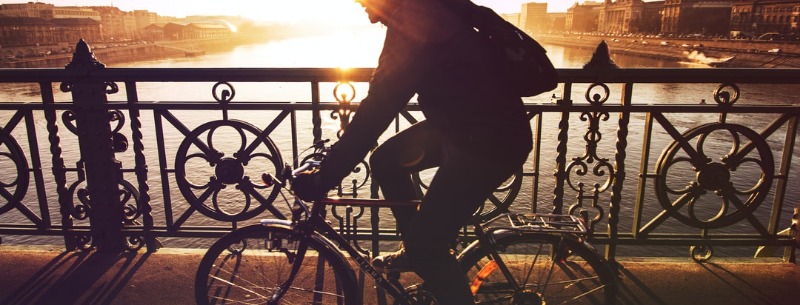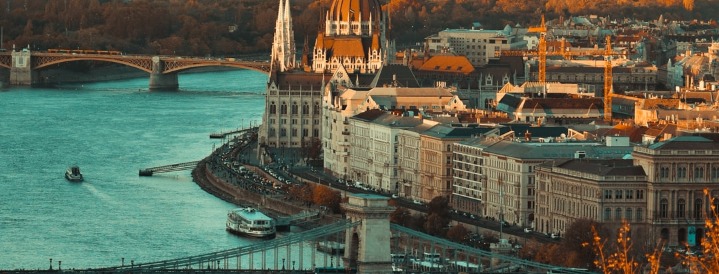2025 Hungary Visitors Guide
Visitors who refer to Hungary as a Balkan country risk getting a lecture on how this small, landlocked nation of just over ten million people differs from “all those Slavs”. Hungary was likened by the poet Ady to a “river ferry, continually traveling between East and West, with always the sensation of not going anywhere but of being on the way back from the other bank”; and its people identify strongly with the West while at the same time displaying a fierce pride in themselves as Magyars – a race that transplanted itself from Central Asia into the heart of Europe.
Any contradiction between nationalism and cosmopolitanism is resolved by what the Scottish expatriate Charlie Coutts called the Hungarian “genius for not taking things to their logical conclusion”. Having embarked on reforming state socialism long before Gorbachev, Hungary made the transition to multi-party democracy without a shot being fired, while the removal of the Iron Curtain along its border set in motion the events leading to the fall of the Berlin Wall. The end of Communism has hastened the spread of glossy Western capitalism, and on arrival in Budapest, your first impressions will be of a fast-developing and prosperous nation. However, there is another side to post-Communist Hungary, and beyond the capital and Lake Balaton living standards have fallen sharply amongst many people, for whom the transition to democracy has brought very mixed blessings indeed
When to go to Hungary
uncomfortable in Budapest, where the crowds don’t help; elsewhere the climate is agreeable. Budapest, with its spring and autumn festivals, sights, and culinary delights, is a standing invitation to come out of season. But other parts of Hungary have little to offer during the winter, and the weather doesn’t become appealing until late spring. May, warm but showery, is the time to see the Danube Bend, Tihany or Sopron before everyone else arrives; June is hotter and drier, a pattern reinforced throughout July, August, and September. There’s a little variation in temperatures across the country: the Great Plain is drier, and the highlands are wetter, during summer, but that’s about as far as climatic changes go. The number of tourists varies more – popular areas such as Szentendre and Tihany can be mobbed in summer, but rural areas receive few visitors, even during the high season
Interesting Attractions in Hungary
Hungary is probably one of the oldest countries in Europe. This country was founded in 896 before Germany and France became separate entities. The Hungarian language is recognized as Magyar and is a descendant of the language spoken by the Huns. There are many beautiful attractions to visit in this lovely country, such as lakes, rivers, the Great Plain in the east and Balaton, the largest lake in Central Europe. Even if this country is relatively small in size, Hungary has many UNESCO World Heritage Sites. The capital city is Budapest, a lovely city where you can easily spend your vacation in calm and joy. Here are some beautiful attractions to discover in Hungary:
Hungary Parliament Building
This building is an extremely impressive piece of art. The construction for this beautiful building has started in 1885 and was completed seventeen years later, in 1902. At that time, this was the largest parliamentary building in the world. The building’s façade is a real piece of art, with many statues of Hungarian rulers, impressive Gothic ornaments, gargoyles, and pointed arch arcades. The interior of the Hungarian Parliament Building is as beautiful as the exterior. It was decorated by Hungary’s best artists, with Byzantine influences, Corinthian columns, a huge ceiling painting by Karoly Lotz, and gilded ornaments.
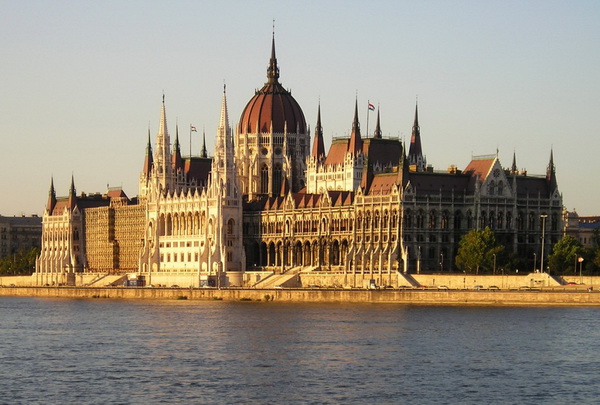
Lake Balaton
Lake Balaton is also known as the Hungarian Sea. This beautiful lake is the biggest lake in Central Europe and also one of the main attractions in the country. The high season for this lake is in July and August when you can find a great number of tourists. If you love water activities, the best period to come here in July and September because the water is still warm and it is not so crowded. Still, don’t forget to make a reservation at a rented room or an entire apartment in an old villa.
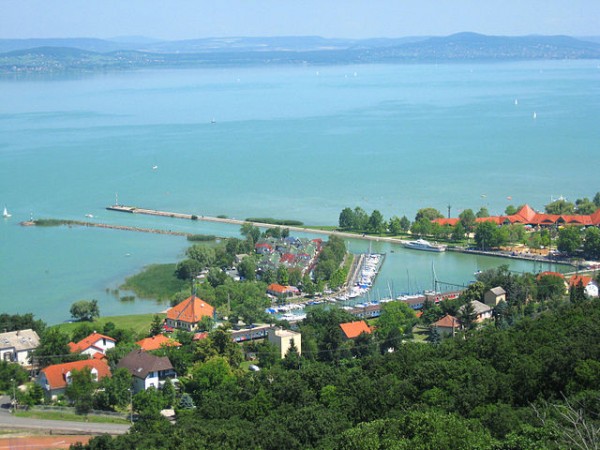
Buda Castle and Matthias Church, Budapest
Matthias Church is also known as The Church of Our Lady. Built in 1255, in the heart of the Castle District, Matthias Church was Buda’s first parish church. However, the original church façade was changed many times due to its constant refashioning and renovating in the popular architectural style of that era. The Buda Castle District is a UNESCO World Heritage Site, situated in Budapest. This beautiful castle houses The Hungarian National Gallery and the Budapest History Museum.
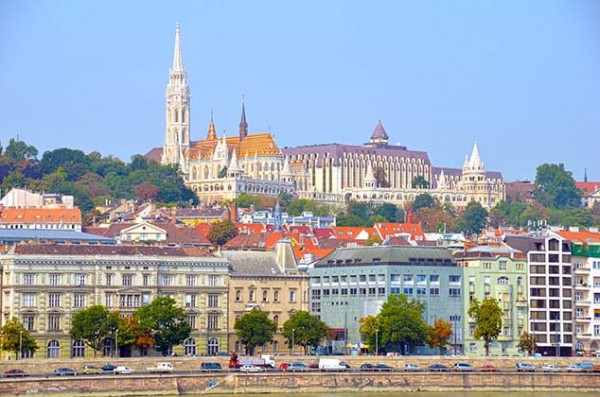
Hungary is a beautiful place to visit, due to its numerous attractions and interesting history. Matthias Church is a popular tourist spot that you must see. Have you ever been to the Hungary Parliament Building?
Buda Castle in Budapest
Since it was established, in the 14th century, the Buda Castle was constantly built, destroyed, and rebuilt. The castle was established by the Angevin rulers of the Kingdom of Hungary. It was also called the Royal Palace or Royal Castle. The palace was developed at first by King Bela IV of Hungary, then by Stephen, Duke of Slavonia. But the one who significantly enlarged it was King Sigismund. As Holy Roman Emperor, he needed his residence to excel all other European rulers’ residences, so he built probably the largest Gothic palace of the Middle Ages.

The palace had large halls with carved wooden ceilings, great windows, and balconies which offered a splendid view over the city of Buda. The facade was decorated with a coat of arms and statues.
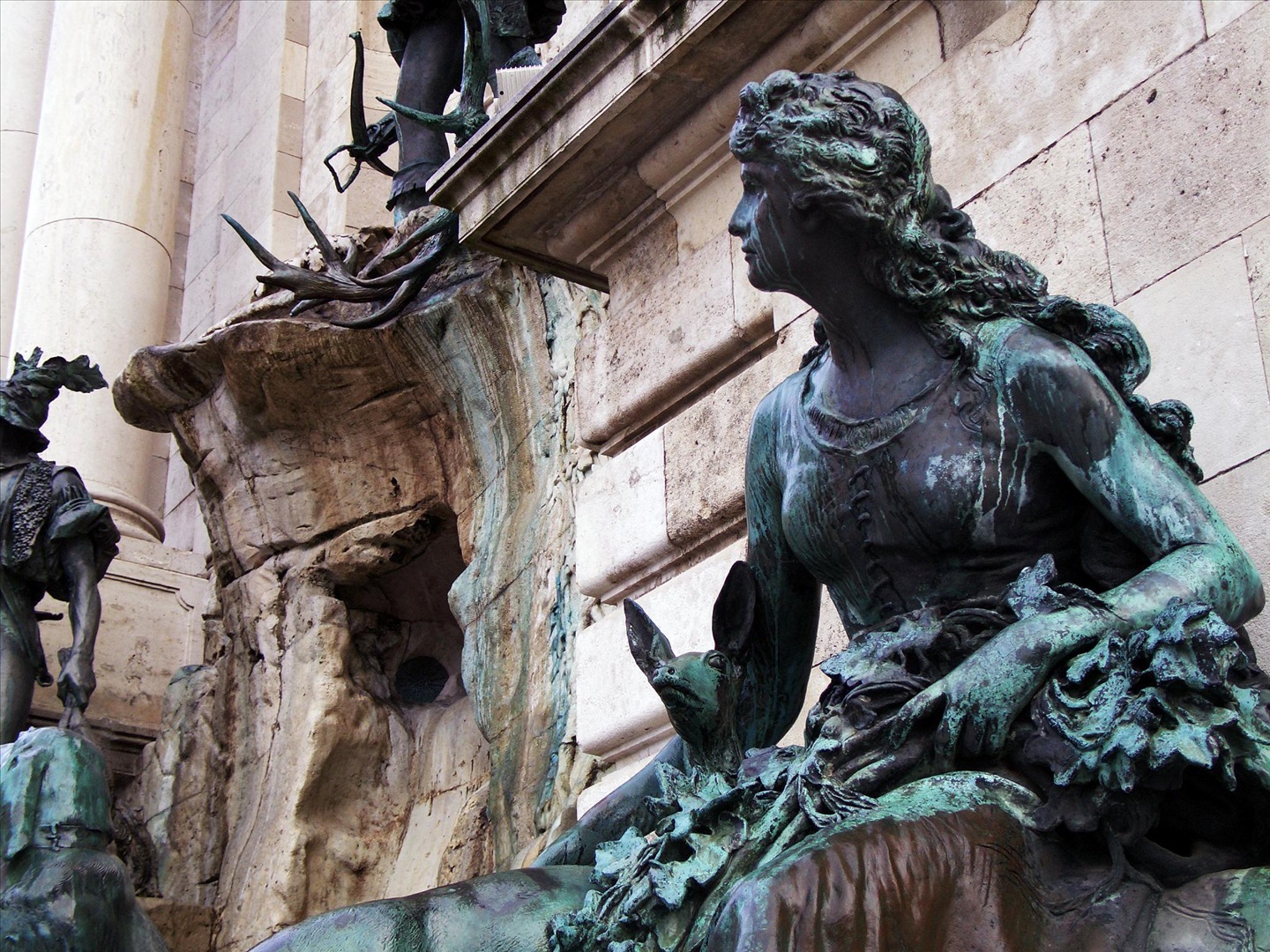
The medieval building was destroyed in the great siege of 1686 when the city was captured by Christians. Many buildings were burnt and collapsed; a gunpowder store exploded from only one cannon hit and killed thousands of soldiers. It also created a huge tidal wave across the Danube. During the following decades, the castle went into almost complete ruin, because of neglect and subsequent design attempts. In 1715, King Charles III ordered that the ruins be demolished and the luxurious decorations be spared.
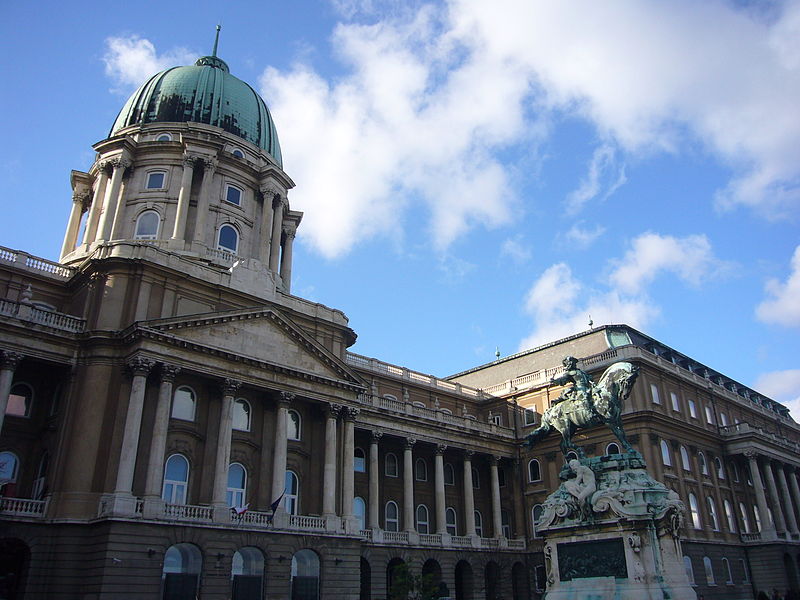
After WWII, archaeological research began to unearth the medieval castle. Important parts of the former Matthias and Sigismund palace survived under the thick earth layer. The reconstruction works were finished in 1966 and the medieval fortification was rebuilt entirely. Important parts were reconstructed according to pictorial sources. The medieval gardens were recreated.
The Buda Castle is a place full of a tumultuous history, but still stands proud today, having risen like a Phoenix from its ashes.
